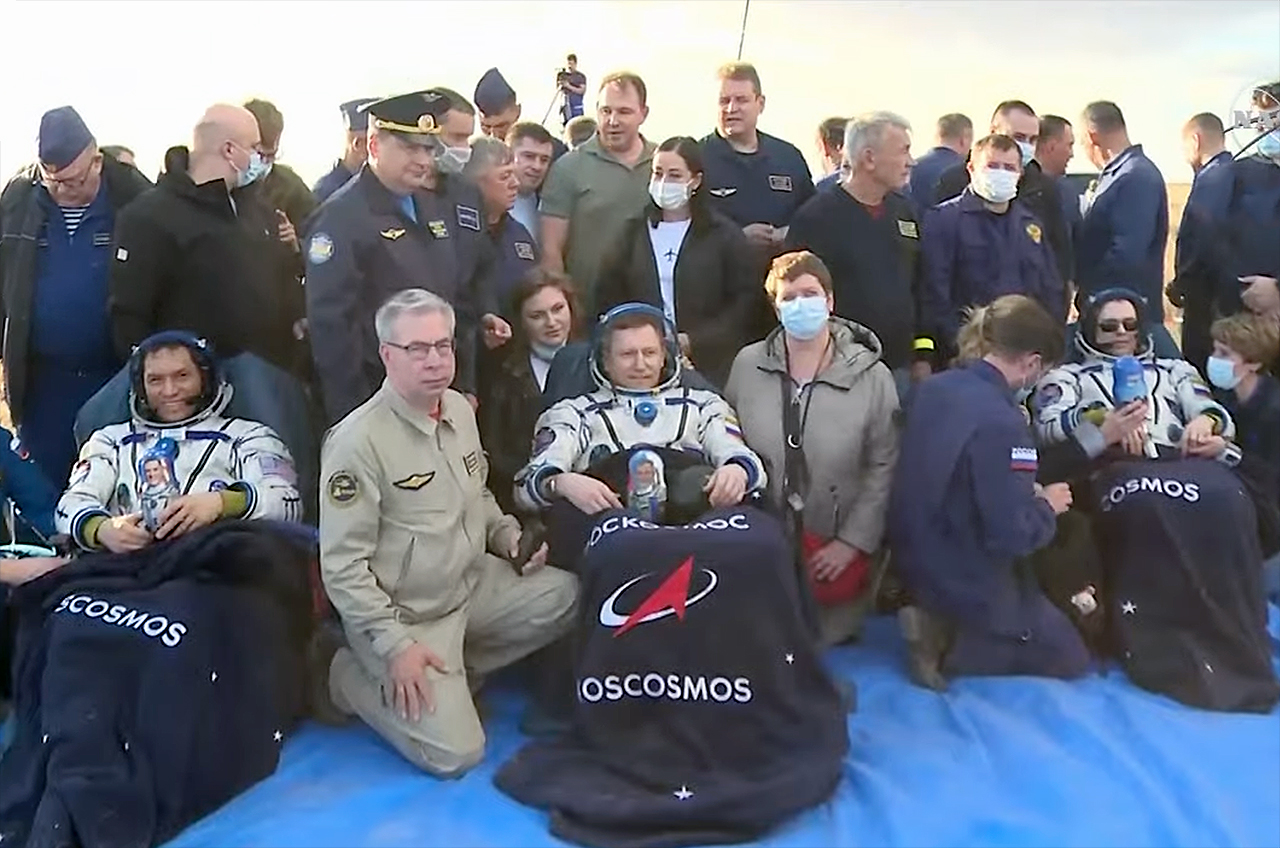This week, NASA will send a rescue mission to the International Space Station.
On Thursday (September 26), NASA astronaut Nick Hague and Russian space agency Roscosmos cosmonaut Alexander Gorbunov will launch to the International Space Station (ISS) aboard SpaceX’s Crew 9 mission. Two other NASA astronauts, mission specialists Zena Cardman and Stephanie Wilson, were also scheduled to board.
However, Wilson and Cardman were left out of the flight in favor of two other NASA astronauts, Butch Wilmore and Suni Williams, who are now stuck on the ISS without their own vehicle. After spending about eight months in space, they will return home with Haig and Gorbunov when Crew 9 departs in February 2025. Williams and Wilmore were scheduled to spend just 10 days in space. Why did NASA get into this situation?
Shortly after Wilmore and Williams departed on June 5 for the Crewed Flight Test (CFT), the first astronaut mission aboard Boeing’s Starliner spacecraft, the capsule ran into problems: Five of the 28 reaction control thrusters failed and several helium leaks were detected in the spacecraft’s propulsion system.
NASA spent several weeks diagnosing the problem, conducting tests with Starliner’s hardware at its White Sands Test Facility in New Mexico. Wilmore and Williams also performed thruster tests with Starliner docked to the ISS, trying to generate as much data as possible for mission teams on the ground to analyze and determine whether the vehicle was capable of carrying astronauts home safely.
“Our biggest concern is making sure the deorbit burn is successful. [propellant] “The system is functioning as needed up until the deorbit burn,” Ken Bowersox, associate administrator for NASA’s Space Operations Mission Directorate, said during an Aug. 14 briefing.
Ultimately, NASA announced ten days later that it had made the decision to return the spacecraft without a crew member, meaning that Starliner’s two astronauts, Williams and Wilmore, would remain at the orbital base until they could return aboard Crew 9.
Related: Boeing Starliner astronauts will return aboard SpaceX Dragon in 2025, NASA confirms
Starliner’s first unmanned test flight was similarly unsuccessful: in December 2019, the spacecraft failed to reach the space station due to a software issue. The second unmanned orbital test flight, in May 2022, reached the space station without incident and returned, though eight months later than planned.
After the CFT ended with Starliner’s uncrewed landing in the New Mexico desert on September 7, 2024, NASA officials said it would have been fine if Wilmore and Williams had returned with the craft. “With a crew on board, it would have been a safe and successful landing,” Steve Stich, NASA’s commercial crew program manager, said at a press conference after the landing earlier this month.
But NASA stressed that, having learned lessons from the disasters of the space shuttles Challenger and Columbia, it did not want to put its astronauts at any more risk than necessary.
“The decision to leave Butch and Suni behind on the International Space Station and return the Boeing Starliner uncrewed was a matter of safety commitment,” NASA Administrator Bill Nelson told reporters on August 24.
“NASA has worked hard ever since to create an atmosphere where people are encouraged to come forward and express their opinions, and I think today is a great example of that,” Nelson said.
read more: How two fatal shuttle accidents influenced NASA’s decision to return Boeing Starliner astronauts on the SpaceX Dragon

NASA found itself in a similar situation last year, when astronaut Frank Rubio was stranded on the ISS after the Russian Soyuz MS-22 spacecraft en route to the ISS as part of the Expedition 68 mission suffered a severe coolant leak.
Rubio then stayed in space for 371 consecutive days while waiting for a replacement Soyuz spacecraft, breaking a US record.

Besides being a “rescue mission” of sorts, Crew 9 is historic for a number of reasons: It will be the first crewed launch from Space Launch Complex 40 (SLC-40) at Cape Canaveral Space Station in Florida, and the second crewed launch from the space station, following Starliner’s CFT launch in June.
Crew 9 commander, Lt. Col. Nick Hague, will be the first active-duty U.S. Space Force Guardian to launch into space since the unit was established in 2019.







